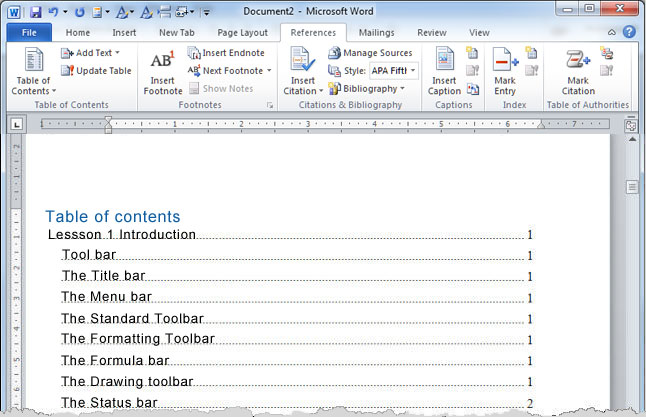

The last paragraph heading style is Heading 3.

You just need a few paragraphs of text and headings.) I applied Heading 1 to the first paragraph on both pages, Heading 2 to the second and third paragraphs on the first page and paragraph 2 on the second. You can create an example document of your own. (The figure’s too small to actually read the text, but the text isn’t important to the technique. Word uses these built-in styles to generate a table of contents. Then, I used the Heading 1, Heading 2, and Heading 3 styles to format the headings. Use built-in heading styles to id the headingsīelow is a contrived example document that I created using =Rand() and adding heading text. I’ll also share a few important details about the resulting table. I’ll show you how to set it up using styles and then how generate the table.

Second, you generate the table of contents. First, you identify the headings you want to include in the table of contents by applying built-in heading styles. You might think that including a table of contents is difficult, but the feature is easy to implement. Long documents often include a table of contents near the beginning to direct readers to specific information.

Susan Harkins shows you how easy it is to insert a table of contents into a Word document using the built-in default styles. How to insert a table of contents into a Word document


 0 kommentar(er)
0 kommentar(er)
